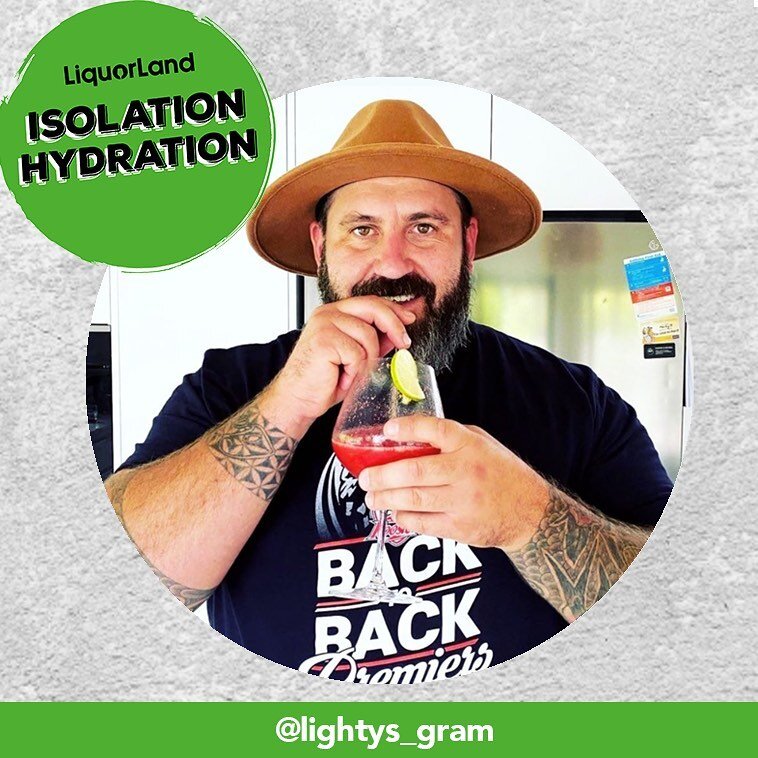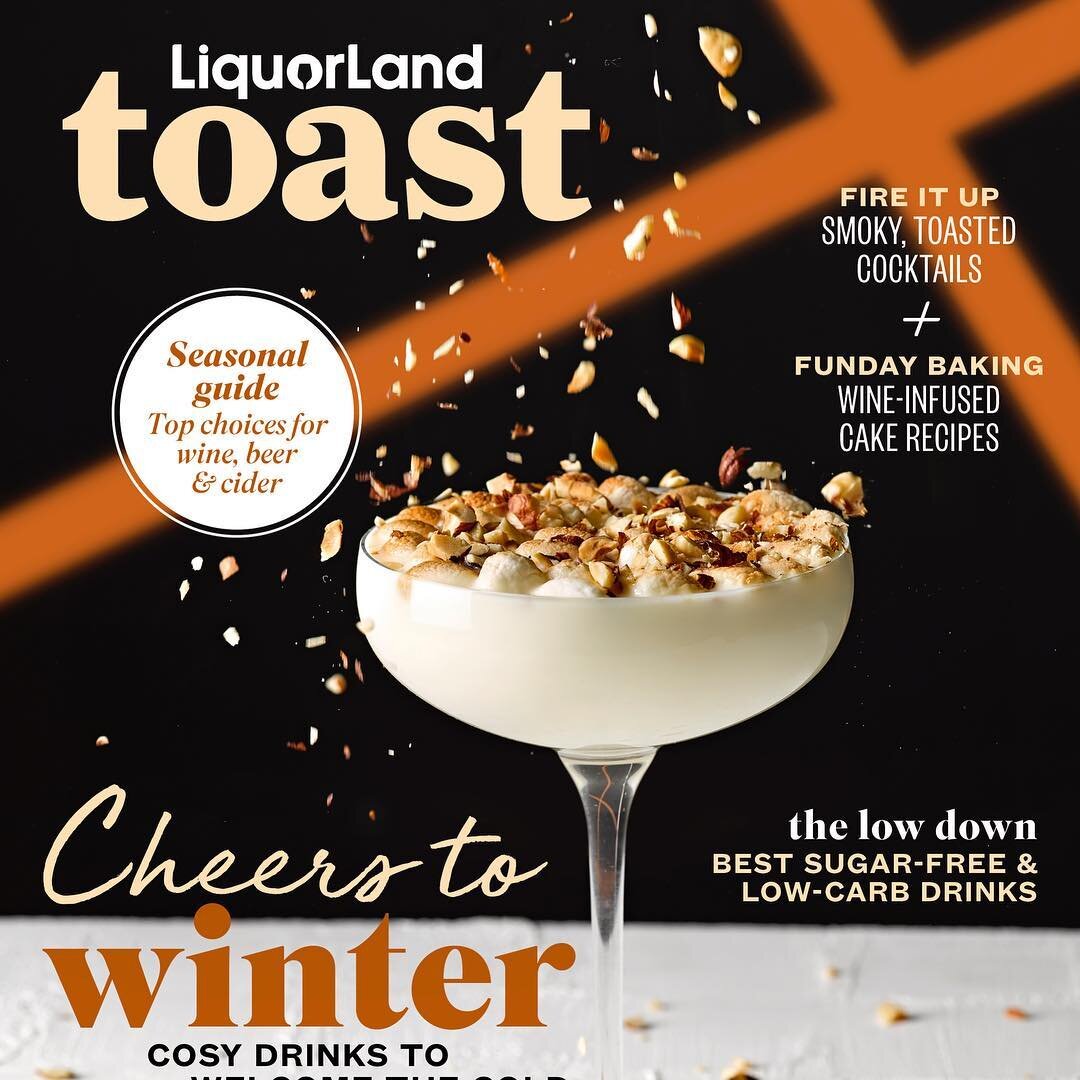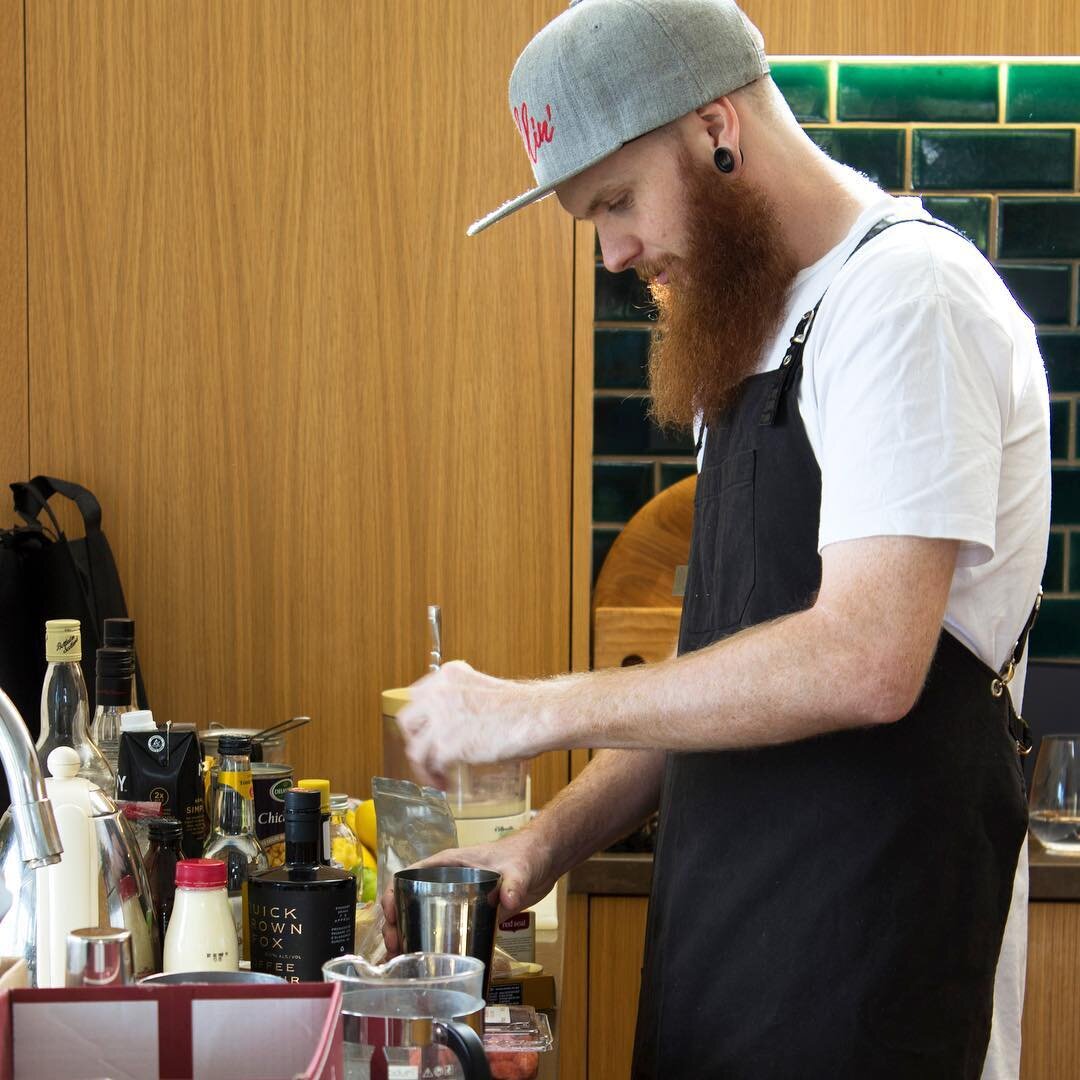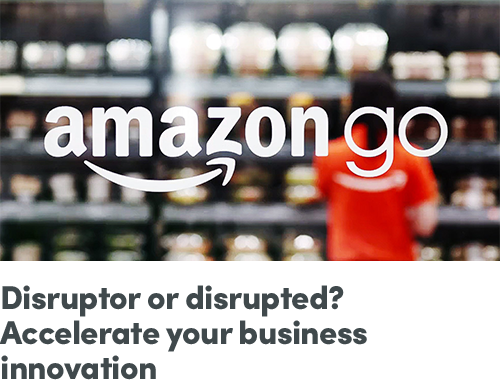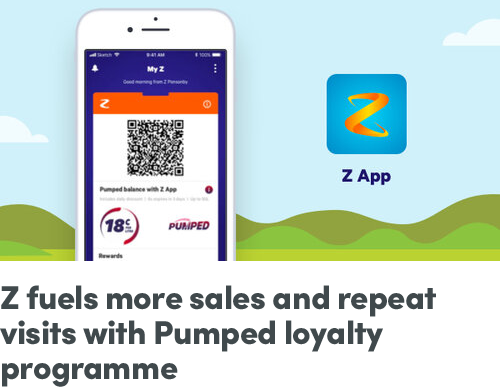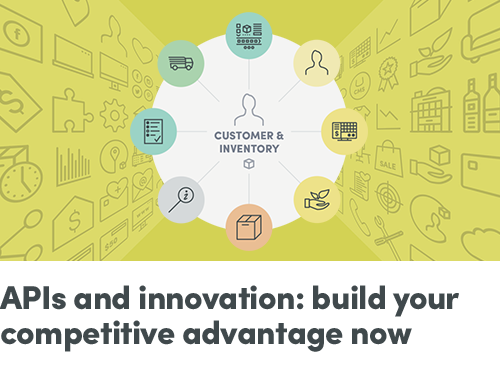Iconic food emporium Moore Wilson’s has selected IT integrator Bridged IT for the transformation of its retail system. Triquestra’s Infinity unified commerce platform will be installed as Moore Wilson’s point of sale in stores, and create a hub for the brand’s customer experience and innovation in the future.
Moore Wilson’s will benefit from a modern retail management system that streamlines processes, improves access to information and allows the business to deliver personalised and seamless experiences at every touchpoint.
Founded over a century ago, Moore Wilson’s is a family-owned business beloved by chefs and the food obsessed. Built up around the foodservice and hospitality industry, it includes everything from fresh produce, meat, fish, breads and general grocery through to hospitality, kitchenware, toys, food, beverages and pop-up food caravans.
“Our point of difference is our face-to-face customer service,” explains Amanda Thompson, General Manager of Moore Wilson’s.
“We know who our customers are and we always strive to do things better, whether it’s the products we stock or the service we provide.”
Following a competitive review, Moore Wilson’s selected Bridged IT to deploy and support Infinity. “Infinity is one of the few platforms able to accommodate our diverse business model, with both retail and wholesale customers requiring multiple volume breaks and bulk purchasing. And Infinity’s New Zealand presence gives us an out-of-the box solution with local capabilities that can be customised to our requirements.”
“We appreciated Bridged IT’s appetite to understand our business from the ground up,” Amanda says. “They have a collaborative approach that gives us access to their entire team and have robust conversations to establish clear goals.”
Amanda says Moore Wilson’s goal is to remain relevant and unique and continue to offer an outstanding customer experience.
“Infinity’s efficient point of sale and improved product management will allow us to provide exceptional customer service, and the right products at the right times.”
Infinity will provide opportunities to capture information on customers and add value to Moore Wilson’s popular loyalty card and rewards programme.
“Infinity will also give us the ability to tailor how, when and what we communicate to customers and then respond to their feedback and requests quickly and efficiently with accurate information.”
Gurjit Singh, Director at Bridged IT, says: “Moore Wilson’s has a remarkable brand heritage, with strong core values and an inspiring company culture. It has set the standard as a shopping destination for the food obsessed. We’re looking forward to helping them transform their retail operations, and then supporting Moore Wilson’s across its next 100 years of business growth and innovation.”
Moore Wilson’s transition to Infinity is targeted for completion in 2022.



















